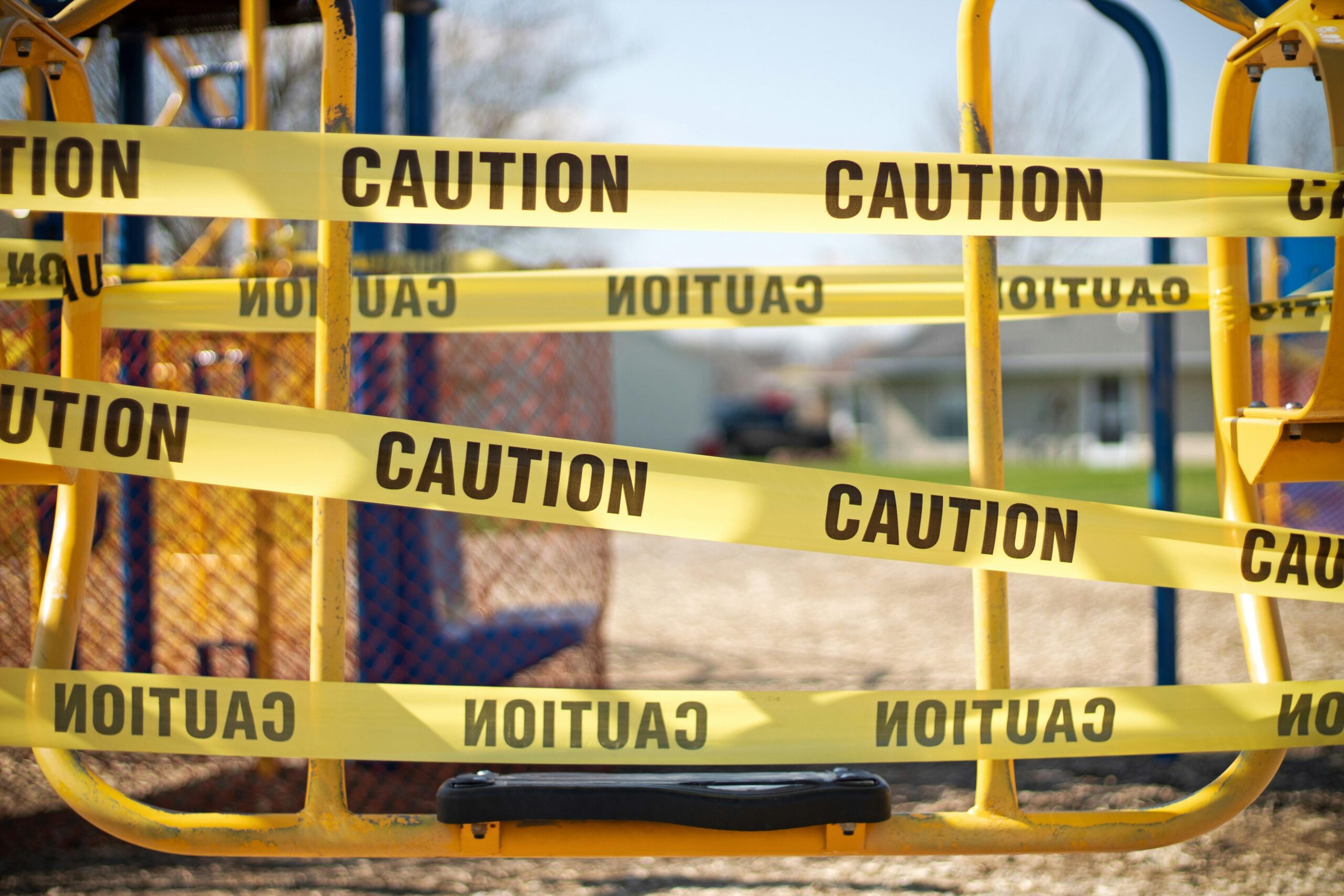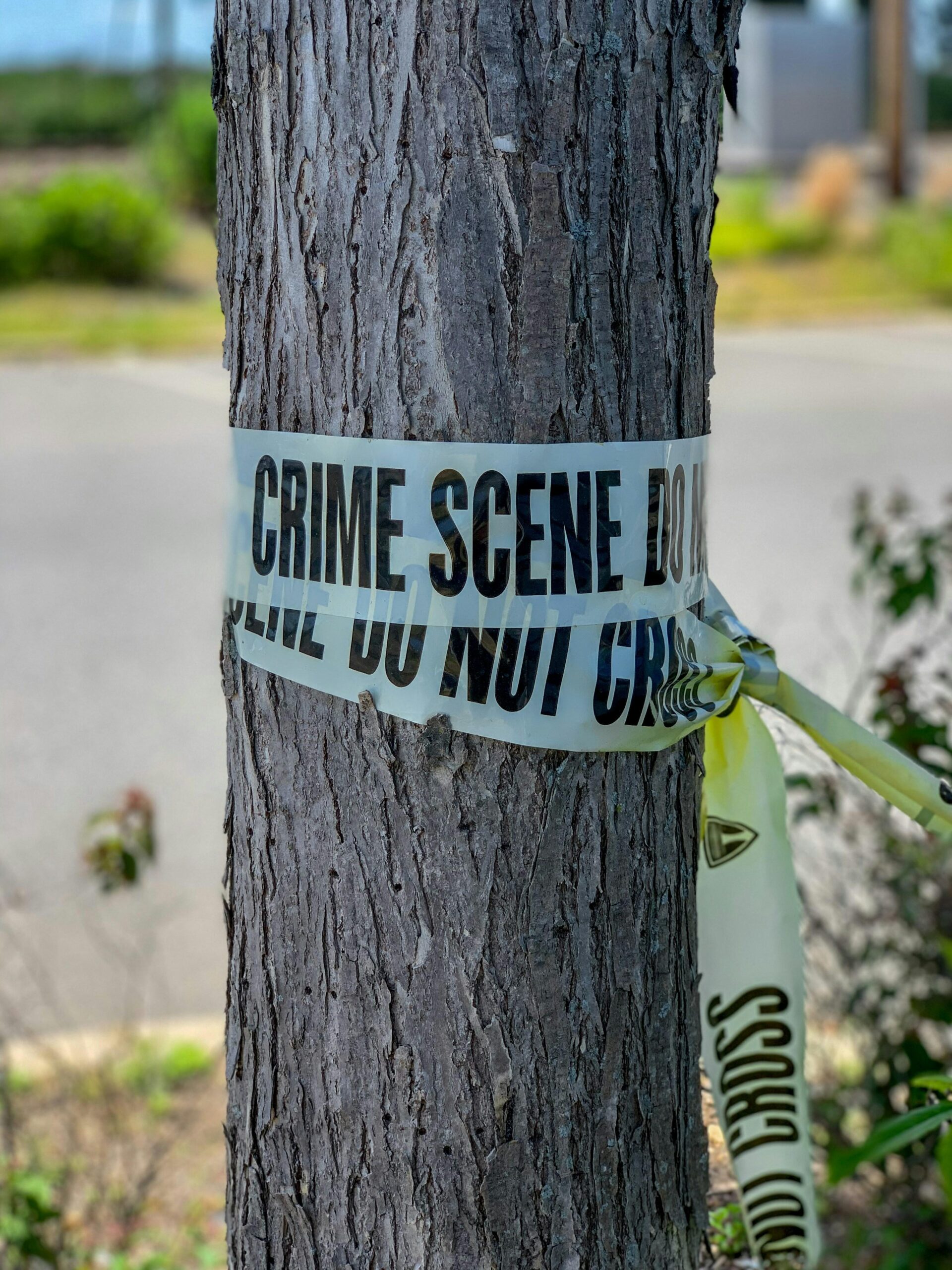When it comes to understanding violent behavior, the best way to keep ourselves and our communities safe is often to spot trouble before it erupts. But how do we recognize those early warning signs that something potentially dangerous is brewing beneath the surface? It’s a question that sparks curiosity, concern, and the desire to be more informed. In this article, we’ll explore the subtle—and sometimes not-so-subtle—clues that can help us identify the beginnings of violent tendencies. By learning to spot these signals early, we can take meaningful steps toward prevention and support, turning uncertainty into proactive awareness. So, what should we be looking out for? Let’s dive in.
Table of Contents
- Recognizing the Subtle Clues Before Aggression Surfaces
- Understanding the Role of Emotional Triggers in Violent Outbursts
- How Environment and Social Influences Shape Risk Factors
- Practical Steps to Intervene and Provide Support Early
- Concluding Remarks
Recognizing the Subtle Clues Before Aggression Surfaces
Before anger escalates into violence, there are often quiet, almost imperceptible signals that get overlooked. These subtle cues might manifest as a sudden withdrawal from social interactions, increased irritability over minor inconveniences, or a noticeable change in body language—tightened jaws, clenched fists, or a gaze that avoids eye contact. Often, these behaviors are dismissed as mere stress or moodiness, yet they serve as critical red flags. Understanding these signals requires attentive observation, empathy, and a willingness to look beyond surface behaviors.
Key indicators to watch for include:
- Changes in communication style: Short, sharp responses or an unusual silence can signal brewing frustration.
- Physical tension: Restlessness, pacing, or frequent fist-clenching might hint at internal turmoil.
- Subtle provocations: Picking fights over trivial matters or passive-aggressive comments that seem out of character.
- Shifts in routine: Avoiding previously enjoyed activities or suddenly isolating oneself.
Recognizing these early signs can be the difference between defusing a tense situation and facing uncontrollable aggression. It’s a skill built on keen attention and genuine concern, often making those quiet moments speak louder than words ever could.
Understanding the Role of Emotional Triggers in Violent Outbursts
Violent outbursts seldom erupt from nowhere; they are often the culmination of deeply rooted emotional triggers that build over time. These triggers can range from feelings of rejection and humiliation to overwhelming stress and perceived threats. Understanding these emotional sparks is like deciphering a hidden language—it requires a keen eye and empathy. When someone is pushed beyond their emotional thresholds, their reactions can manifest in seemingly disproportionate anger or aggression. Recognizing such responses early on can be crucial. For instance, moments of intense frustration paired with withdrawal or sudden irritability may serve as warning lights, signaling an internal struggle threatening to overflow.
Emotional triggers don’t always announce themselves loudly; sometimes, they lurk quietly beneath the surface, intensifying with repeated exposure. Patterns such as persistent anxiety, compulsive blaming, or defensiveness often precede violent reactions. It helps to watch for behaviors like:
- Heightened sensitivity to criticism
- Rapid mood swings without clear cause
- Verbal outbursts followed by quick remorse
- Physical restlessness or pacing
These subtle cues often intertwine with the individual’s emotional history and current environment, making it imperative to observe them carefully. By becoming attuned to these subtle signals, we can better anticipate volatile moments and create spaces for de-escalation before tempers flare.
How Environment and Social Influences Shape Risk Factors
Environmental and social factors play a monumental role in shaping an individual’s propensity for violent behavior. From early childhood experiences to the neighborhoods people live in, every interaction and circumstance can contribute to an increased risk. For instance, children raised in homes plagued by neglect or abuse often experience heightened stress responses, which can manifest as aggression later in life. Furthermore, exposure to community violence or pervasive poverty can normalize hostile behaviors, making it harder for individuals to develop healthy coping mechanisms. It’s not just the presence of these factors, but their duration and intensity that often tip the scales.
Peer groups and social networks add another layer of influence. Adolescents and young adults, in particular, are highly susceptible to the behaviors and attitudes of those around them. Being part of a group that glorifies toughness and retaliatory violence can escalate minor conflicts into dangerous encounters. Additionally, lack of access to supportive institutions—such as mental health services, recreational programs, or positive role models—can leave individuals without safe outlets for frustration and anger. Consider the following social risk factors that commonly correlate with violent tendencies:
- Isolation or rejection from peer groups
- Associations with delinquent or aggressive peers
- Family instability or inconsistent discipline
- Socioeconomic hardships creating chronic stress
- Exposure to violent media without guidance or context
Practical Steps to Intervene and Provide Support Early
Addressing early signs of violent tendencies requires a compassionate yet proactive approach. Engaging in open, non-judgmental conversations can pave the way for trust, helping individuals feel heard and understood. Creating a safe environment where concerns can be expressed without fear of punishment encourages honest dialogue. Additionally, collaborating with trusted community figures such as counselors, teachers, or mentors provides a robust support network that reinforces positive behavior changes. Recognizing that intervention is not about blame, but about care, is crucial in breaking the cycle before it escalates.
Implementing practical strategies can make a significant difference. Monitoring behavioral changes closely and documenting incidents allows for clear communication when seeking professional help. Encouraging involvement in structured activities like sports, arts, or volunteering can redirect energy towards constructive outlets. Alongside these, introducing stress management techniques such as mindfulness or physical exercise offers tools to cope with underlying frustrations. Remember, the goal is to empower individuals with guidance and resources early on, transforming potential risks into opportunities for growth.
Concluding Remarks
As we’ve explored, recognizing the subtle—and sometimes not-so-subtle—warning signs of violent behavior can make all the difference in preventing harm and intervening early. It’s a complex, often uncomfortable topic, but staying curious and informed empowers us to act with compassion and vigilance. Remember, spotting trouble early isn’t about jumping to conclusions; it’s about understanding patterns and seeking help before situations escalate. Let’s keep the conversation going, stay attentive, and support one another in creating safer spaces for everyone. After all, awareness is the first step toward change.












